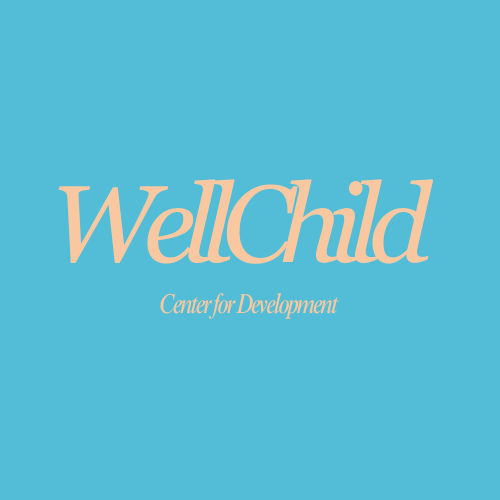| AGE |
MILESTONES |
| BIRTH- 3 MONTHS |
- Makes cooing sounds.
- Cries change for different needs.
- Smiles at people.
|
| 4-6 MONTHS |
- Coos and babbles when playing alone or with you.
- Makes speech-like babbling sounds, like pa, ba, and mi.
- Giggles and laughs.
- Makes sounds when happy or upset
|
| 7- 12 MONTHS |
- Babbles long strings of sounds, like mimi upup babababa.
- Uses sounds and gestures to get and keep attention.
- Points to objects and shows them to others.
- Uses gestures like waving bye, reaching for “up,” and shaking his head no.
- Imitates different speech sounds.
- Says 1 or 2 words, like hi, dog, dada, mama, or uh-oh. This will happen around his first birthday, but sounds may not be clear.
|
| 1 – 2 YEARS |
- Uses one-, two-, and sometimes three-word utterances e.g., “more apple,” “no bed,” and “mommy book.”
- Uses intonation to ask yes/no questions
- Uses a lot of new words.
- Uses p, b, m, h, and w in words.
- Starts to name pictures in books.
- Asks questions, like “What’s that?”, “Who’s that?”, and “Where’s kitty?”
- Puts 2 words together, like
|
| 2 – 3 YEARS |
- Uses in, on and under
- Talks about things that are not in the room.
- Uses k, g, f, t, d, and n in words.
- Uses words like in, on, and under.
- Uses two- or three- words to talk about and ask for things.
- Asks “Why?”
- Puts 3 words together to talk about things. May repeat some words and sounds.
- Can already be understood by other people.
|
| 3 – 4 YEARS |
- Increases in length of words due to use of auxiliaries (is, be etc.)
- Increases use of wh– questions
- Uses interrogative reversals (e.g., “Can I go,” “Is it,” etc.)
- Answers simple who, what, and where questions.
- Says rhyming words, like hat–cat.
- Uses pronouns, like I, you, me, we, and they.
- Uses some plural words, like toys, birds, and buses.
- Uses some present progressive words like crying, jumping,
- Uses some possessive words like girl’s hat.
- Most people understand what your child says.
- Asks when and how questions.
- Puts 4 words together but may overgeneralize the past tense words, like “I goed to school.”
- Talks about what happened during the day. Uses about 4 sentences at a time.
|
| 4 – 5 YEARS |
- Uses locatives (e.g., up, down)
- Uses and as main conjunction
- Says all speech sounds in words. May make mistakes on sounds that are harder to say, like l, s, r, v, z, ch, sh, and th.
- Responds to “What did you say?”
- Talks without repeating sounds or words most of the time.
- Names letters and numbers.
- Uses sentences that have more than 1 action word, like jump, play, and get. May make some mistakes, like “Zach gots 2 video games, but I got one.”
- Tells a short story.
- Keeps a conversation going.
- Talks in different ways, depending on the listener and place. Your child may use short sentences with younger children. He may talk louder outside than inside.
|




